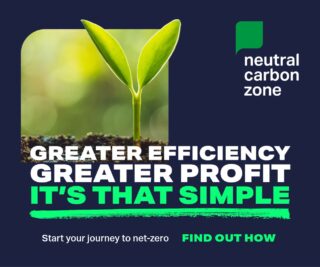A standout project in Dubai is highlighting how premium synthetic turf solutions can be used to provide high-quality playing surfaces in desert climates.
The Ballers Sports Complex, one of Downtown Dubai’s busiest sports venues, received a premium synthetic turf solution from Standard Turf, a member of EMEA Synthetic Turf Council (ESTC), helping it to thrive in difficult desert conditions.
Facilitating sport in Dubai’s desert climate can often be a challenge, meaning the project faced a series of obstacles during its progression. Extreme heat (averaging 28°C in winter, and 45°C in summer), high UV levels, sandy soils and projected heavy community use made natural grass impractical, so Standard Turf needed to use a premium synthetic turf system engineered to overcome these obstacles.[1]
The project transforms how sport can be delivered in a city where natural grass cannot thrive. For the Sports Complex, which hosts daily training, youth academies, leagues and community bookings, the upgrade provides a consistent playing experience, more reliable hours of use and a visibly premium surface that attracts new players and ensures existing ones return.
The chosen solutions were a RABONA 50 football system and a GLOBO padel turf, both engineered for the UAE’s climate to guarantee that players could enjoy truer ball roll, predictable bounces, stable footing and shock absorption that reduces fatigue while supporting safer play. Unlike lower-grade products that soften or deform under high temperatures, the advanced yarn systems retain resilience throughout the day, keeping games viable even in peak heat.
Durability was also critical. The synthetic turf solutions are tested for seven years of UV stability, ensuring long-term performance and colour retention. This protects the venue’s investment and reduces downtime from premature replacement or heavy maintenance. Shorter grooming cycles and fewer unplanned repairs also mean more bookable hours and greater operational efficiency.
Beyond performance, the new turf reduces potential environmental burdens. Maintaining natural grass in the desert requires heavy irrigation and chemical inputs, whereas synthetic turf eliminates these demands, offering consistent quality while conserving water and reducing costs.
The upgrade has also delivered a brand benefit. Clean lines, true play and a visibly premium look and feel make Ballers Sports Complex stand out in a competitive market. The project demonstrates how ESTC members are shifting the narrative around synthetic turf, showing it is not a compromise, but a high-performance solution designed to meet environmental challenges across the world.
Stefan Diderich, Director General at ESTC, said: “This project is a perfect example of how synthetic turf can help enable access to sport in regions where it’s difficult to grow and maintain natural grass.
“Synthetic turf solutions are a great way to deal with the challenges faced in places like the Ballers Sports Complex, with the heat, heavy footfall and demand for a premium playing surface. They also have a major role to play in reducing environmental consequences, mitigating the need for the heavy irrigation often required in desert regions, conserving significant amounts of water.”

























































